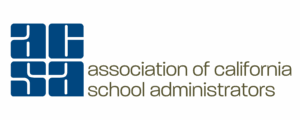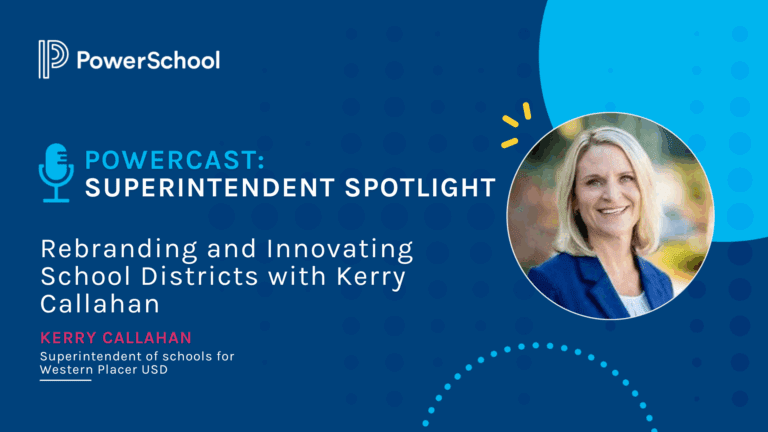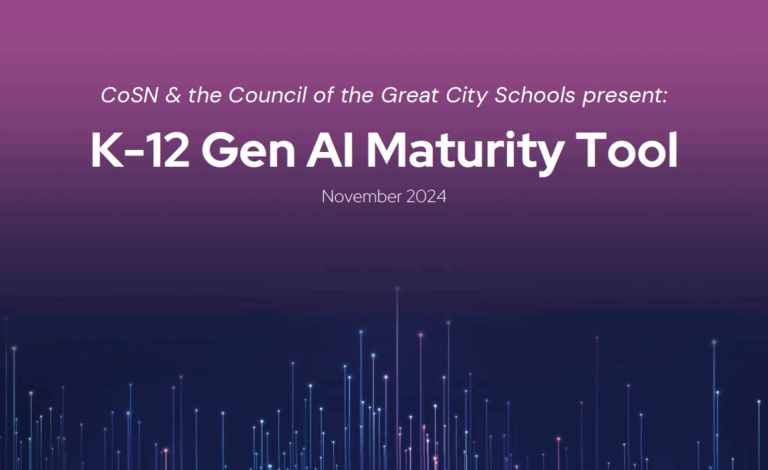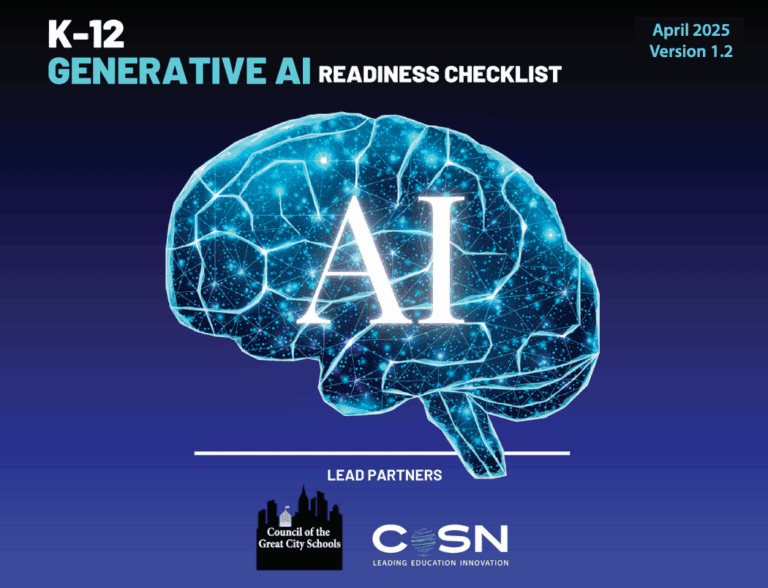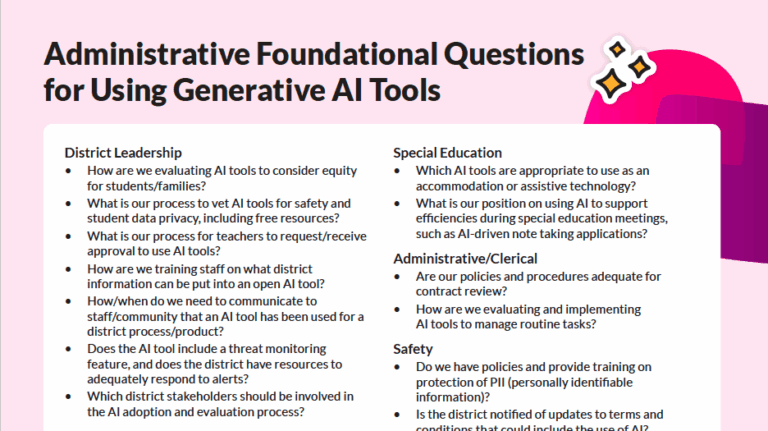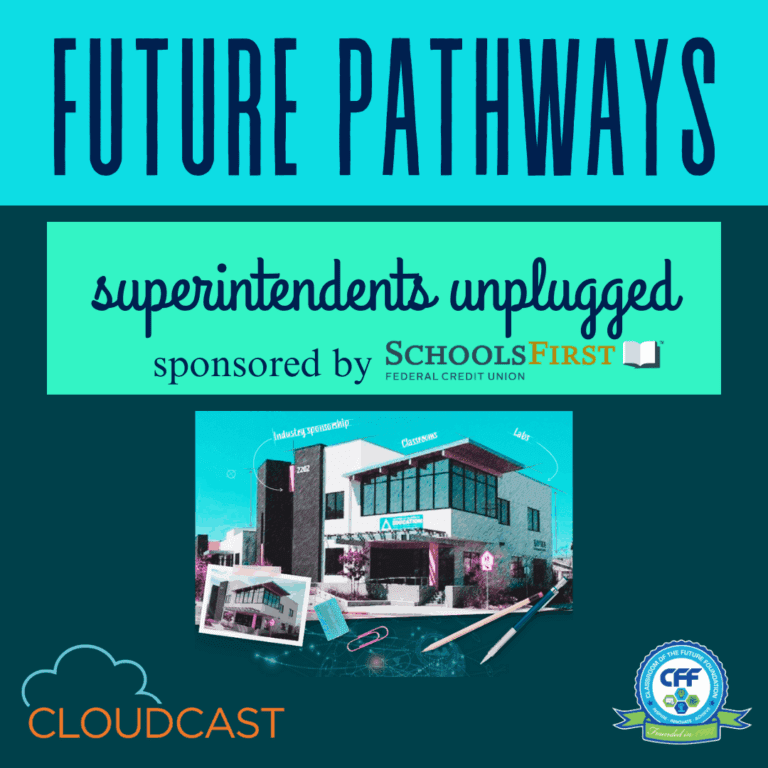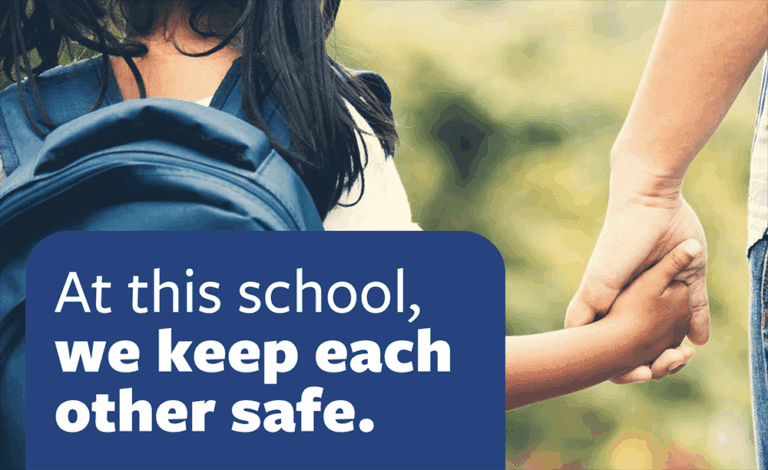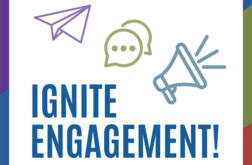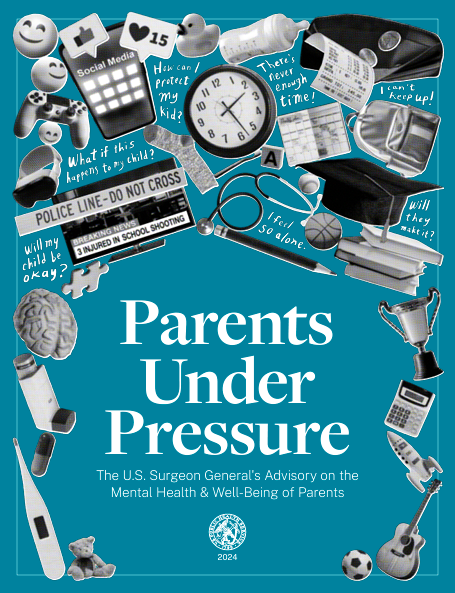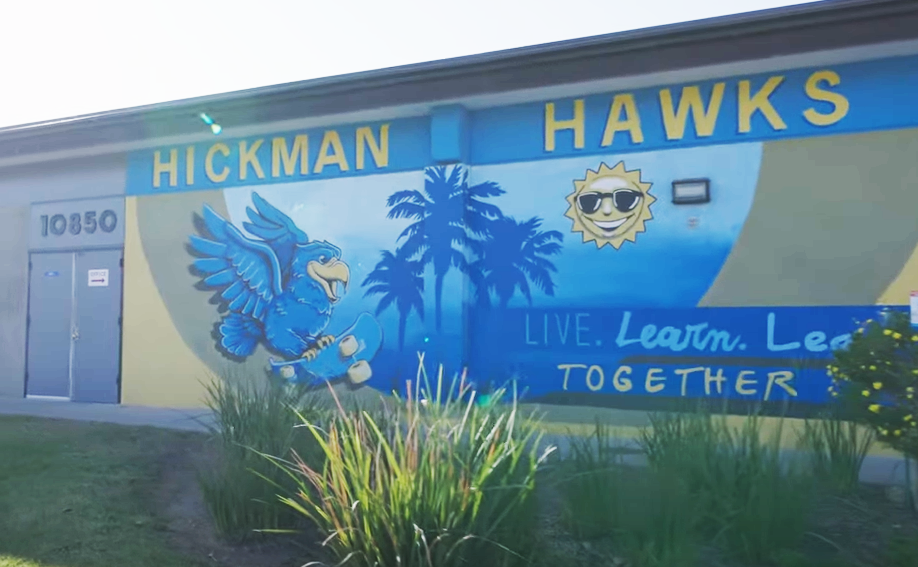This resource is provided by ACSA Partner4Purpose Family Leadership Inc.
Family engagement is one of the most powerful drivers of student success. Decades of research affirm what many educators already know from experience: when families are meaningfully engaged, students achieve more, feel more supported, and have higher graduation rates.
The Dual-Capacity Framework for Family-School Partnerships, developed by Dr. Karen Mapp and colleagues at Harvard, highlights that meaningful engagement only happens when both families and educators build the confidence, skills, and relationships to work together effectively.
But meaningful engagement rarely happens without friction. District leaders carry the weight of academic expectations, strategic plans, and community needs. Parents feel the strain of keeping up with busy schedules, changing educational priorities, and the everyday challenges of raising children.
This shared pressure can either pull schools and families closer or push them apart. The question is not whether pressure exists. It is how we respond to it.
1. See Pressure as a Sign of Growth
Pressure does not have to signal failure. In fact, it often signals growth. Research on organizational change shows that tension is a normal and even necessary part of innovation. When schools and families work toward something meaningful—whether it is improving attendance, addressing student mental health, or boosting academic outcomes—there will be moments of disagreement, discomfort, and strain.
But those moments often indicate that people care enough to lean in. As one district leader shared after implementing new family engagement initiatives, “If we didn’t feel the pressure, it would mean we weren’t challenging the status quo.”
Instead of viewing pressure as a problem to avoid, districts can reframe it as a natural part of the process, like a muscle stretching before it gains strength. Just as athletes train under resistance to build endurance, school communities can use the friction of differing perspectives to build stronger systems and relationships.
2. Turn Pressure into Unity, Not Division
Too often, pressure pushes schools and families to opposite sides. Teachers may feel parents do not appreciate the demands on educators. Parents may feel schools overlook their concerns or values. When pressure is left unaddressed, it can lead to mistrust, stalled progress, or even conflict.
But pressure can also be the spark that brings people together if leaders create the right conditions for connection.
One district we partnered with launched a series of family engagement workshops where teachers and parents gathered to share both struggles and successes. The sessions were deliberately designed to be judgment-free spaces where everyone could be honest about the challenges they faced.
What happened was remarkable. Teachers gained empathy for parents juggling multiple jobs or language barriers. Parents developed a deeper understanding of the pressures educators navigate daily. Together, they brainstormed practical solutions for issues like screen time, homework routines, and student behavior support.
What began as pressure points became bridges of understanding. Relationships strengthened. Trust grew. And the conversations led to new communication practices and collaborative problem-solving efforts that helped schools and families work together more effectively moving forward.
3. Follow the Pressure to What Matters Most
Pressure is not random. It often reveals the most urgent needs in a district.
For some schools, chronic absenteeism creates constant strain. For others, it might be breaking down language barriers to reach bilingual families. In many communities, student mental health needs have become a top priority.
The temptation is to focus on the easier wins or avoid the most uncomfortable topics. But the courageous choice is to lean into the very places where the pressure feels strongest.
When leaders follow the pressure, they uncover the areas where change will have the biggest impact. Paying attention to the concerns and frustrations of families, such as communication challenges or access to resources, can reveal opportunities to make meaningful improvements. By addressing these pressures thoughtfully, leaders can remove barriers, increase engagement, and build stronger relationships with the community.
4. Practical Strategies for District Leaders
Turning pressure into progress requires more than good intentions. It takes a model for family engagement that is intentional, research-based, and sustainable. Districts can start with these strategies:
Incorporate Programs that Use the Dual-Capacity Framework: The Dual-Capacity Framework highlights the importance of building both the school’s and families’ capacity for partnership. Programs rooted in this model ensure families and educators develop the confidence, skills, and relationships needed for long-term collaboration. Rather than focusing only on events or information sharing, these programs strengthen trust, mutual respect, and a shared vision for student success.
Invest in Professional and Leadership Development: Lasting family engagement begins with strong leadership. When districts invest in professional development for teachers, principals, and district staff, they equip their teams to lead family engagement efforts effectively. Leadership training helps educators communicate clearly, navigate cultural differences, and create inclusive environments where every family feels valued.
Design Workshops that Build Momentum Over Time: One-time events can raise awareness, but real change comes from workshops and learning opportunities that build on each other. When each session connects to the next, families stay engaged, develop new skills, and grow in confidence as leaders in their school community. Over time, parents shift from being attendees to active partners shaping the future of their schools.
5. A Mindset Shift for Long-Term Impact
Perhaps the most important shift is viewing pressure not as something to “fix” but as something to learn from. When leaders expect some friction, they approach family engagement with patience and curiosity rather than defensiveness.
This mindset opens the door to sustainable change. Instead of reacting to every challenge as a crisis, districts begin to see patterns, plan proactively, and involve families as true partners rather than passive participants.
Conclusion: Progress Is Possible
Family engagement will always come with challenges. But when schools and families face those challenges together with honesty, empathy, and creativity, pressure becomes a force for progress rather than division.
Every district has its own unique pressures. By leaning into them rather than away from them, leaders can create the conditions for real connection, stronger trust, and lasting impact on student success.
For schools looking for practical ways to turn pressure into progress, Family Leadership offers workshops, resources, and partnership models designed to help districts engage families in meaningful ways. Visit Family Leadership to learn more.


